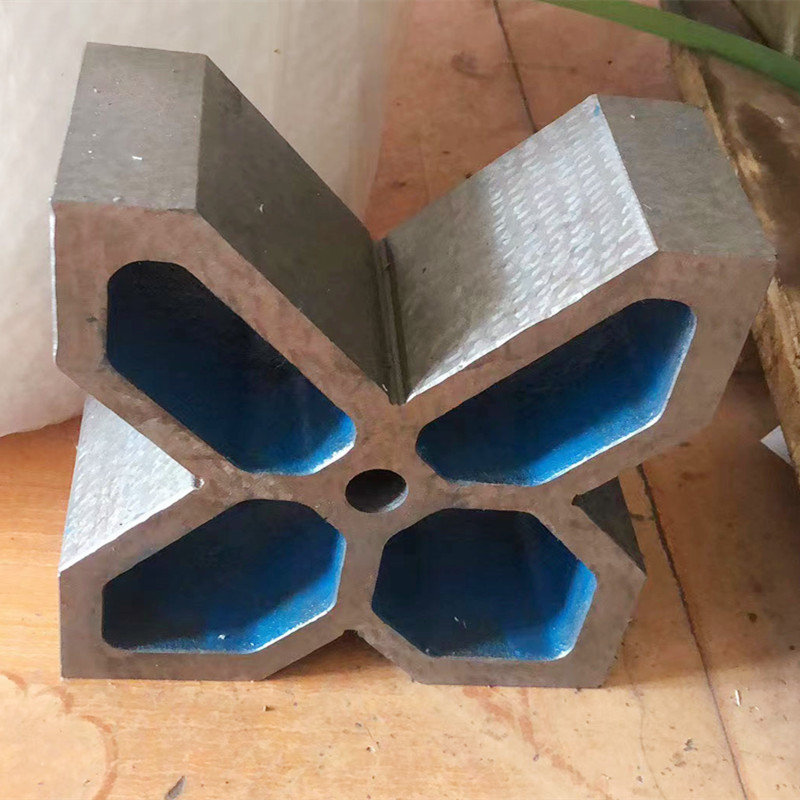Nov . 10, 2024 23:33 Back to list
Understanding the Three Main Variants of Check Valves in Fluid Systems
Understanding the 3 Types of Check Valves
Check valves are essential devices in fluid handling systems, designed to prevent backflow and ensure that fluid flows in one designated direction. Their usage is prevalent across various industries, including water treatment, oil and gas, HVAC systems, and chemical processing. Understanding the different types of check valves is crucial for engineers and technicians to select the right valve for their specific applications. In this article, we will explore three primary types of check valves the swing check valve, the lift check valve, and the diaphragm check valve.
Swing Check Valve
The swing check valve is one of the most common types used in piping systems. This valve features a hinged disc that swings open to allow fluid flow in the forward direction and swings shut under the influence of gravity or back pressure, preventing reverse flow. The design of swing check valves is typically robust, making them suitable for larger pipe sizes and high-flow applications.
One of the advantages of swing check valves is their low-pressure drop when the valve is open, as the disc does not obstruct the flow path significantly. However, it does have limitations; they are less effective in applications involving low flow or pulsating flow due to the risk of the valve disc not seating properly. Additionally, the installation position is essential; these valves are typically used in horizontal pipes to ensure proper functioning.
Lift Check Valve
Lift check valves, also known as vertical check valves, operate differently than swing check valves. In a lift check valve, the flow causes a disc to lift off its seat, allowing fluid to pass through. When the flow reverses, the disc is pushed back down onto the seat by gravity and back pressure, effectively sealing the valve and preventing backflow.
3 types of check valves

These valves are generally used in vertical installations and are more efficient in systems where flow rates can vary. One of the notable benefits of lift check valves is their suitability for smaller pipelines, as they can handle fluctuating flow rates better than swing check valves. However, they tend to have a higher pressure drop due to the more intricate mechanics involved in lifting and seating the disc. Thus, careful calculations are necessary when incorporating lift check valves into a system to ensure they align with operational parameters.
Diaphragm Check Valve
Diaphragm check valves are a more specialized type of check valve that utilizes a flexible diaphragm instead of a disc. The diaphragm expands and contracts based on the fluid pressure, allowing flow in one direction while blocking it in the opposite direction. These valves are particularly advantageous in applications involving slurries or viscous fluids, as they avoid the seating issues encountered with traditional disc-type valves.
Diaphragm check valves are also known for their excellent sealing capabilities and their ability to handle corrosive fluids, thanks to materials like PTFE being used for the diaphragm. Moreover, they can operate effectively at lower pressures, making them suitable for a variety of low-flow applications. However, one must consider the maintenance and potential replacement of diaphragms over time due to wear and tear, especially in harsh operating conditions.
Conclusion
In summary, the choice of check valve plays a pivotal role in the efficiency and reliability of fluid handling systems. Swing check valves are preferred for high-flow applications, while lift check valves offer versatility in varying flow scenarios. Diaphragm check valves stand out for their ability to manage specialized fluids effectively. Understanding these types of check valves empowers engineers and technicians to make informed decisions tailored to the unique demands of their systems, ultimately promoting efficiency and longevity in fluid management operations.
-
Retrofitting Old Systems with Y Type Strainer ValvesNewsJun.20,2025
-
Predictive Maintenance Strategies for Industrial Butterfly ValvesNewsJun.20,2025
-
Optimizing Check Valve Types Performance in Harsh EnvironmentsNewsJun.20,2025
-
Material Selection for Ball Check ValvesNewsJun.20,2025
-
Cost-Effective Selection Criteria for Globe Gate Valve SizingNewsJun.20,2025
-
Control Valve Selection Criteria for Water Treatment PlantsNewsJun.20,2025
Related PRODUCTS









